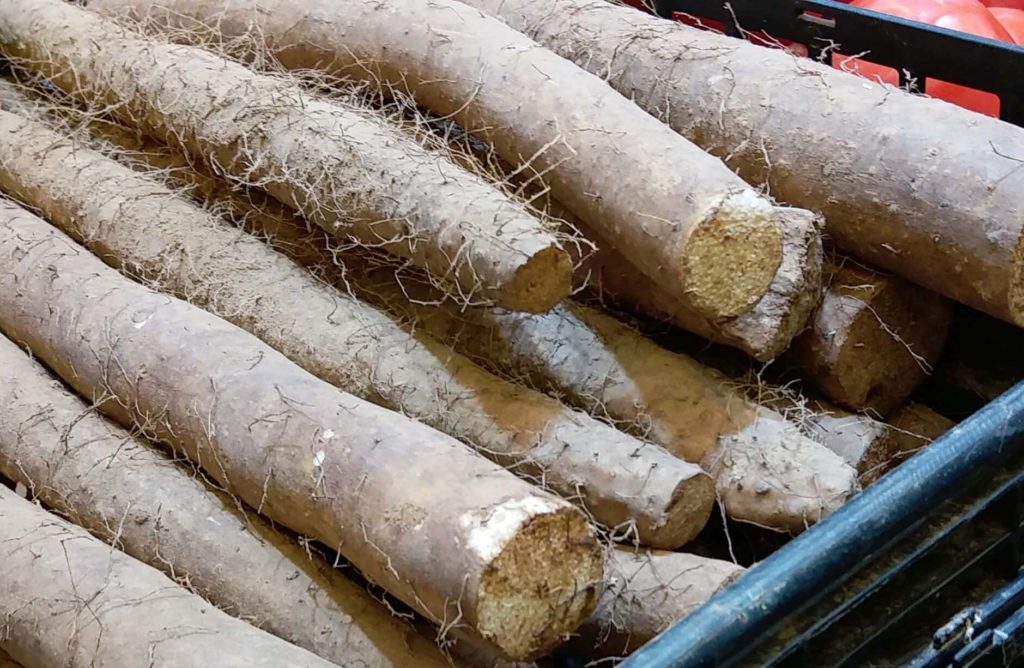According to Traditional Chinese Medicine, we need to nourish our bodies with different foods each season, as our dietary requirements change with the weather. In spring, excessive humidity and dampness affects the circulation of qi and blood in our bodies, causing heaviness in our head and limbs and making us feel lethargic. This is why Chinese medical practitioners recommend that we eat foods that rid our bodies of all that extra dampness.
Moreover, TCM puts forth that the liver and gallbladder are the organs of the season, meaning that foods eaten in spring should also support the two, besides addressing dampness. So what foods should you be eating this season? To make it easier for you, we’ve put together a list of foods to eat in spring according to Traditional Chinese Medicine.
1. Spring bamboo shoots (春筍)
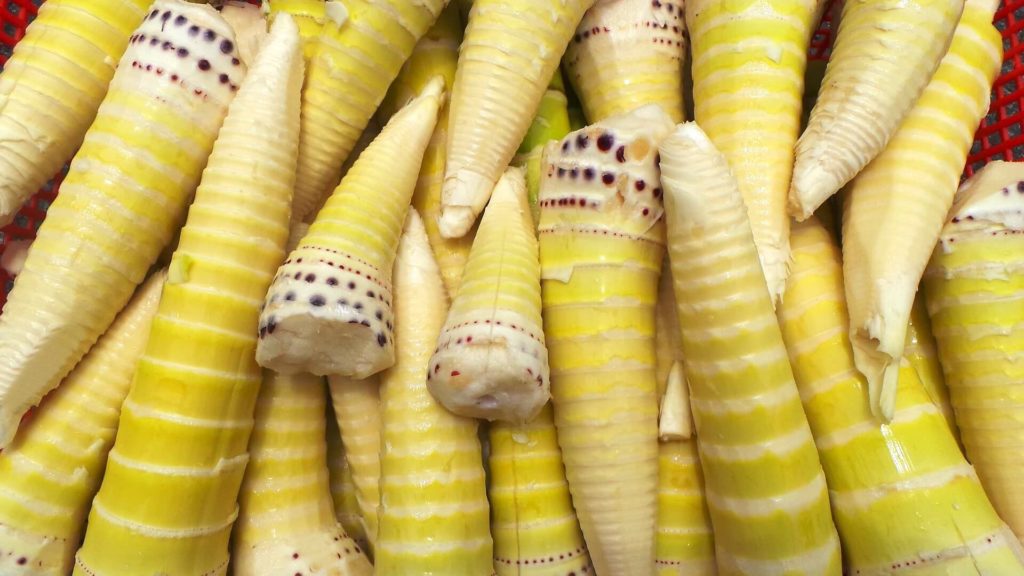
Spring bamboo shoots are one of the best foods to eat in spring thanks to their liver and gallbladder-strengthening abilities. They are also at their peak during spring, as their name might suggest. As bamboo shoots contain the toxin hydrogen cyanide, they are best eaten fully cooked as cooking helps to get rid of the toxins.
Why did we specify “spring” bamboo shoots, you may ask. It’s because there are two main kinds of bamboo shoots– spring bamboo shoots and winter bamboo shoots. The former is beige with slightly greenish tips and is more tender in texture, while the latter is more brownish in color and more nutritious. In true TCM fashion of eating with the seasons, spring bamboo shoots are the best choice for spring.
2. Asparagus (蘆筍)
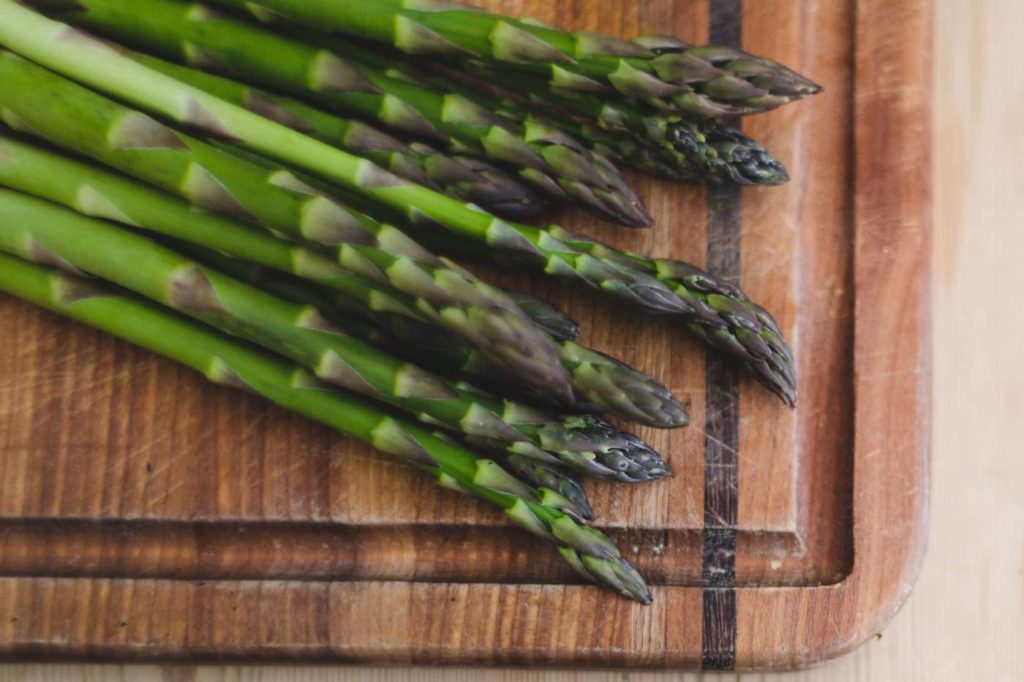
Asparagus has long been used as a medicinal plant. It is a fantastic choice for spring as it helps the liver clear our bodies of toxins. According to traditional Chinese medicine, this delicious vegetable also soothes our lungs, prevents coughing, and promotes healthy urination. As spring is asparagus season, you’ll also find that asparagus is sweeter and more tender during this time of the year!
3. Chinese yam (淮山)
Known as 淮山 or 山藥 (pronounced waai saan and saan yurk respectively) in Chinese, Chinese yam is one of the most effective foods when it comes to expelling dampness from the body, making it one of the best foods to eat in spring. When cooked, it has a soft, floury texture that resembles potatoes. Aside from helping to get rid of dampness in our bodies, Chinese yam also strengthens the spleen, lungs, and kidneys. What’s more– modern studies have found that it can help to hydrate skin, regulate blood sugar and boost the immune system. This spring, consider adding some Chinese yam to your soups and stews for a health boost!
4. Lion’s mane mushrooms (猴頭菇)
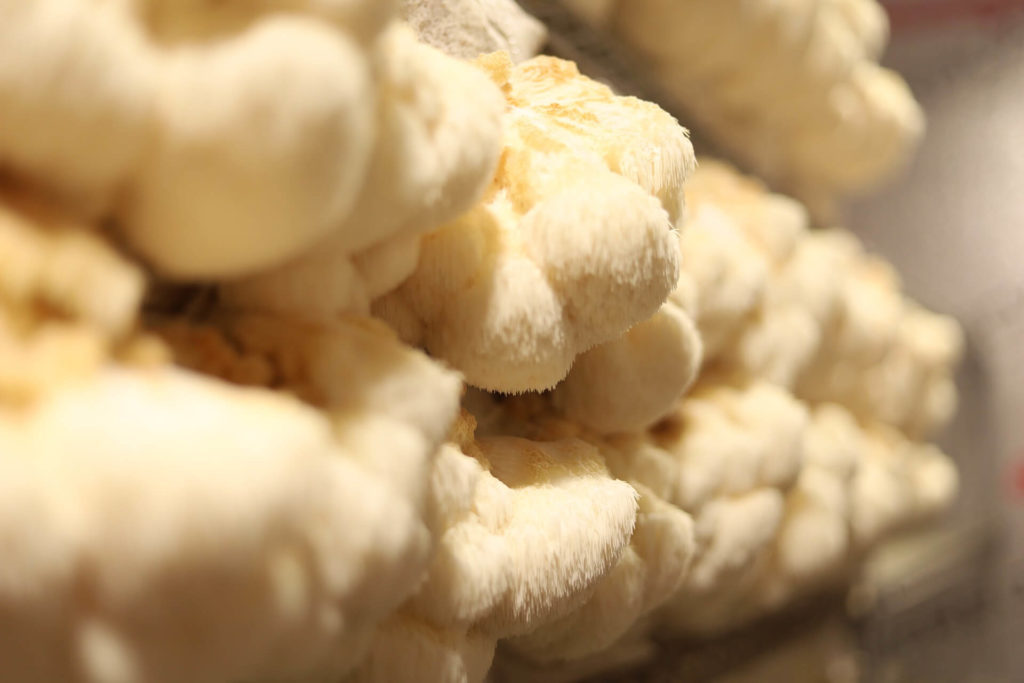
It may seem counterintuitive to eat mushrooms in spring– after all, mushrooms are grown in dark, damp environments. Surely they won’t help with ridding our bodies of all that extra dampness! On the contrary, lion’s mane mushrooms actually help to expel dampness while strengthening our spleen and stomach. Modern research has even found that lion’s mane mushrooms contribute towards boosting immune systems and fighting cancer. Allow yourself these benefits by adding some lion’s mane mushrooms to your next chicken soup, or combine them with Chinese yam for an extra-nourishing broth!
5. Garlic chives (韭菜)
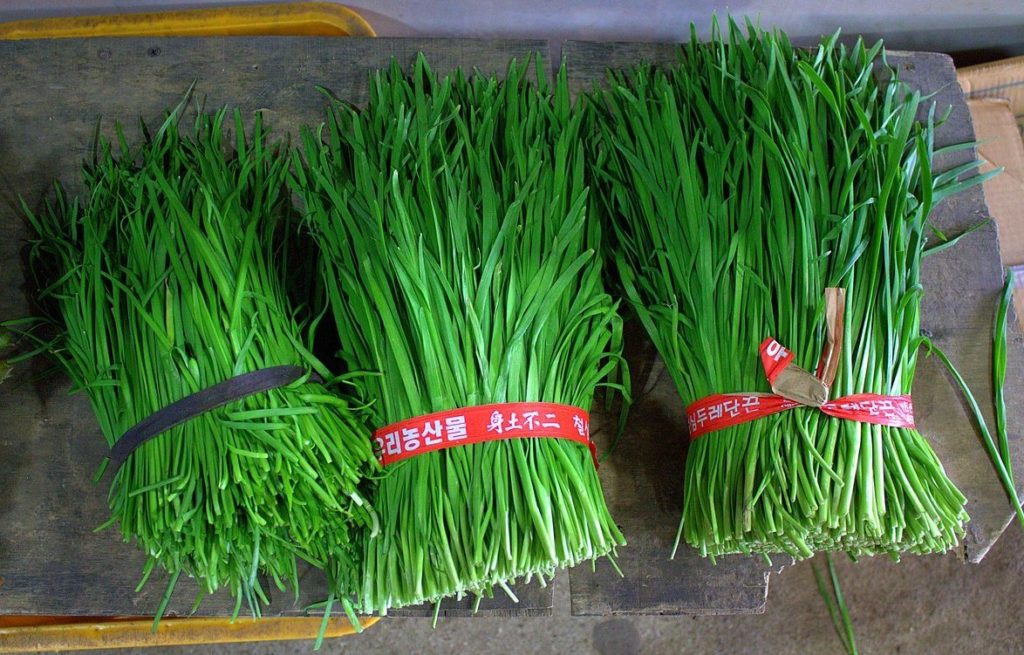
With a flavor so garlicky that they can repel vampires, garlic chives can be quite a polarizing vegetable – you either love it or hate it. We personally love them for their strong taste and aroma, and for their many health benefits. According to traditional Chinese medicine, garlic chives nourish the liver and strengthen the stomach. They are also in season during spring, so they taste best at this time of the year. In fact, a Chinese saying referring to garlic chives goes like this, “Eat in the spring and it’s aromatic, eat in the summer and it smells” (春食則香,夏食則臭). Just goes to show exactly how important it is to eat with the seasons!
Wondering how to cook garlic chives? Garlic chives are delicious chopped finely and mixed with minced pork for dumplings, or stir fried with scrambled eggs. Besides Chinese dumplings and stir fries, you’ll also find them in Korean dishes such as kimchi.
6. Shepherd’s purse (薺菜)
A folk remedy traditionally used to stop bleeding, shepherd’s purse is great for spring as it strengthens the liver while clearing excessive heat in the organ. This herb also brightens the eyes (improving eyesight in TCM lingo) and acts as a diuretic by promoting urination. The leaves, which taste similar to mustard greens, are often used in dumplings in Chinese cuisine.
7. Spinach (菠菜)
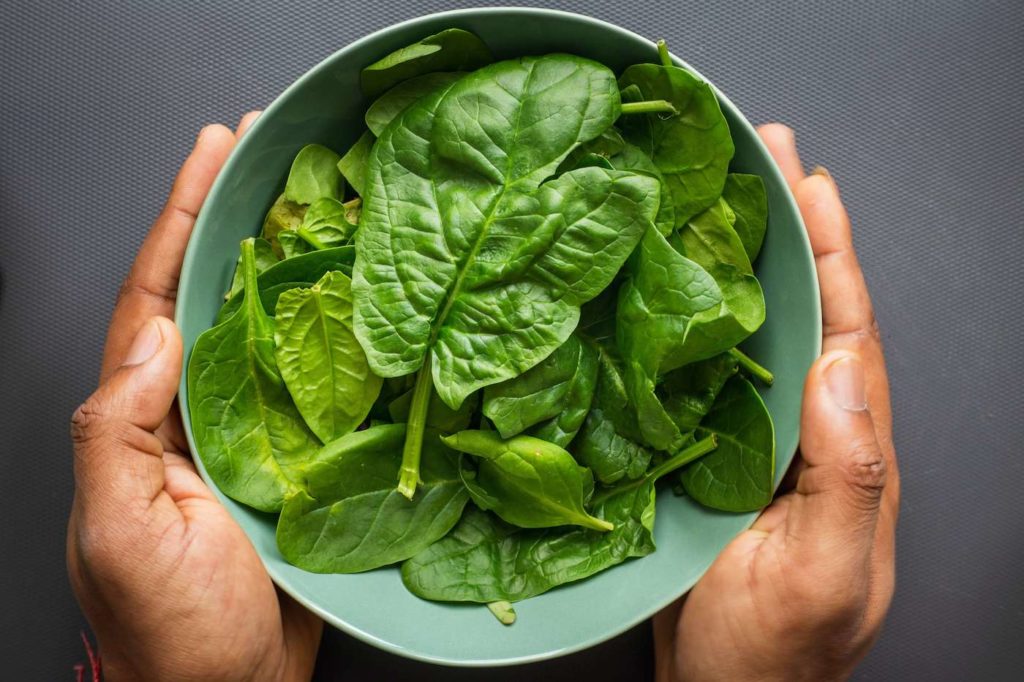
If shepherd’s purse sounds a little difficult to come by, you might be glad to know that spinach is also one of the best foods to eat in spring. This leafy green is considered a “bitter” food in traditional Chinese medicine, meaning that it can strengthen the liver and the spleen, both of which are essential for spring. It’s best to cook your spinach before eating though, as raw foods like salads could add to your body’s internal dampness in this already-damp season.
8. Ricebean (赤小豆)
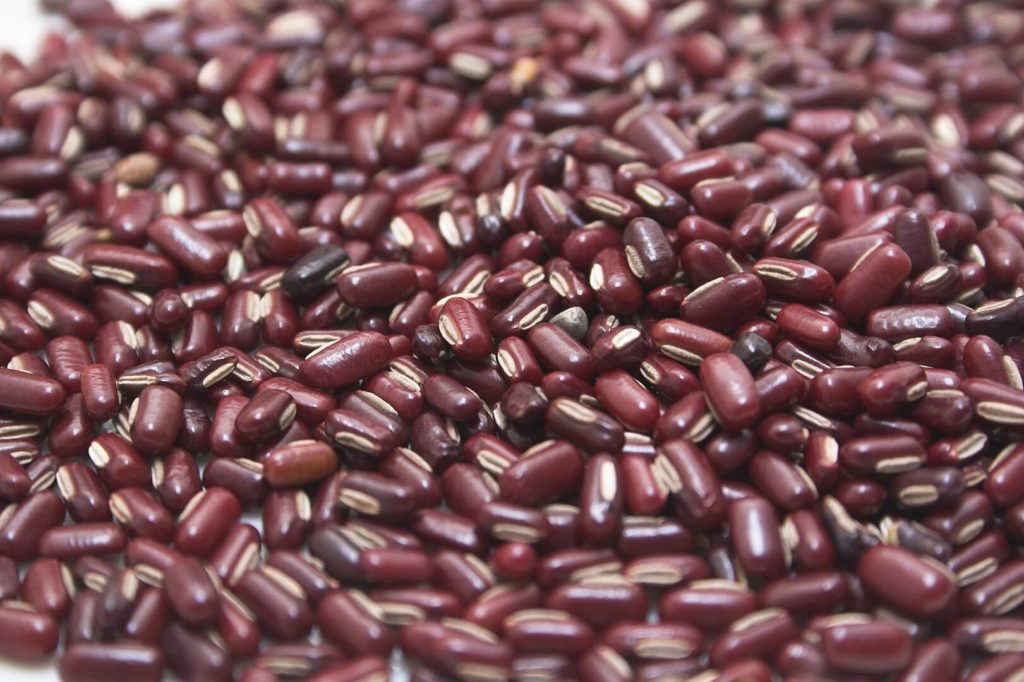
They might look a lot like adzuki beans, but they’re not the same. Ricebeans are smaller than adzuki beans, taste different, and serve a different purpose. These tiny red-colored beans help to expel dampness from our bodies, making them a great food to eat in spring. As they’re relatively cooling in nature, ricebeans also help to clear and calm the mind. What’s more, they promote urination, acting as a diuretic. You can add ricebeans to soups, porridges, or even toss them in a warm salad.
9. Job’s tears (薏米)
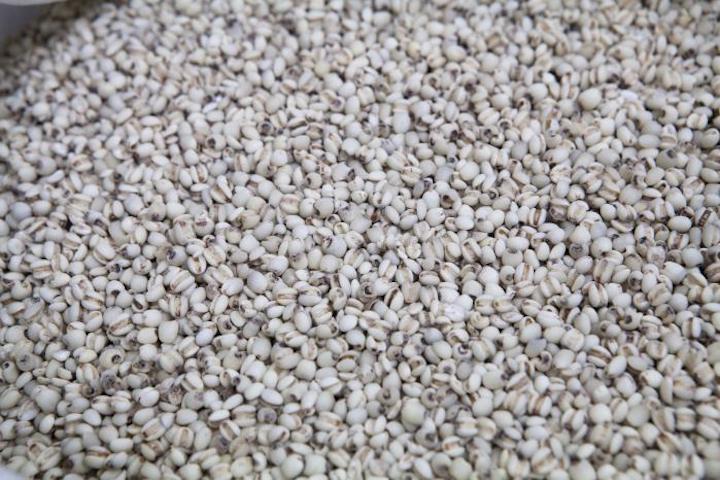
Also known as coix seed and Chinese pearl barley, Job’s tears is a nutty, earthy, and slightly chewy grain often used in drinks and soups in Asia. By eating Job’s tears, you’re helping your body flush out excess water – exactly what you need amid the humidity of spring. Job’s tears also strengthen the spleen and promote urination. Be careful not to eat too much of it though, as Job’s tears can cause bloating in large amounts.
Job’s tears are also a fantastic choice for summer! Want to know why? Check out our blog on What to Eat in Summer According to Traditional Chinese Medicine here.
To learn more about what TCM practitioners say you should be eating each season, check out our blog post for Winter here, and out blog post for Fall and Autumn here.



